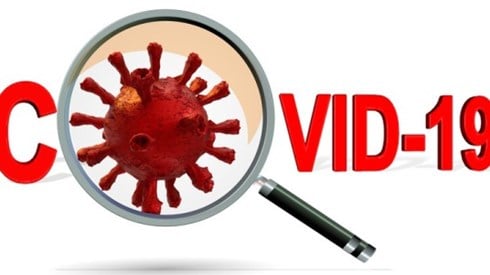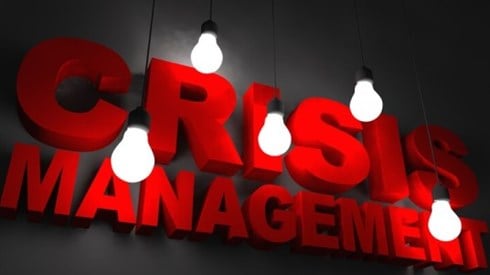Considering the Impact of Risk and Pricing in New Product Development

September 28, 2020

In "Pandemic’s Impact on Captives' Short-Range Planning," I made the following observation: my sense is there is likely to be a push by captive insurance company owners and policyholders to cover some of the risks uncovered by the pandemic. But captives need to ask if they can rate, price, and adjust these risks properly. After rereading that comment, I thought it might be beneficial to take a little deeper look into risk and pricing in new product development.
Before exploring this topic, two caveats come to mind. First, this article is intended to provide some additional ideas around risk and pricing for new products but is not sufficient in itself to adequately address all the nuances of this task. Second, while this article is geared toward captive management and boards, there is no substitute for retaining a qualified actuary to assist in this effort. While actuaries are not known for being inexpensive to work with, well-qualified actuarial analysis can save you and your captive from significant problems down the road.
Where should captive management and the board begin? From my perspective, there are several key questions to ask up front when a captive insurance company embarks on product development.
At the top of my list is why are we considering doing this? Is this an identified need by the company or members? If we choose not to underwrite this business, what does that mean for our policyholders? In doing so, are we potentially jeopardizing the captive from a fundamental solvency standpoint?
Is it a known risk where coverage in the commercial market is no longer affordable or available, or is it an entirely new coverage with no known insurance products? If the answer to the question is the former, management and the board need to understand why the pricing has risen or the traditional market has dropped coverage. Why have prices increased and/or coverage decreased? What makes management and the board confident that they can underwrite this business at a lower cost than the market other than the obvious answer that captive insurance company frictional expenses tend to be lower?
If the answer is the latter, why does the board or management believe they can successfully rate and price this new product? Loss data will be key. One, is it available, and second, would an actuary consider it to be credible? In other words, can you provide an actuary with the necessary data to populate a predictive model in order to develop future losses, therefore allowing you to begin to price the coverage?
Second, what about deductibles, retentions, and limits, and how much risk is the captive prepared to take on its own balance sheet? Management and the board don't necessarily need an actuary at this point in the product development conversation. This is more theoretical in nature. What kind of limits are the company or the members seeking? Can the captive feasibly and safely retain all this risk? If not, is there an expectation that the captive can cede some of the risk into the reinsurance markets? Obviously, this is a heavier lift if this is a completely new product. How much of the loss should the company or member be expected to absorb before insurance coverage begins (i.e., what deductible or self-insured retention is rational?)?
Third, what can we expect from our regulators if we decide to pursue this product? What are their likely concerns or questions? Should we have a preliminary discussion with them prior to engaging an actuary? There's no sense in expending dollars if there is significant probability that the regulatory response will be negative. I know some of you will argue that regulators may provide greater leniency to captives. In my experience, however, the farther out on the risk spectrum you are, the less the regulators are willing to compromise. At the end of the day, no regulator wants a captive insolvency on his or her watch.
Management and/or the board have worked their way through this preliminary analysis and are prepared to engage an actuary. One more sequential step, though, involves what is typically labeled as "blind spot analysis." For those unfamiliar with this term, "Blindspot Analysis," by Patty Mulder, Toolhero, June 5, 2018, does a good job in describing it. As defined by Wikipedia, "Blindspots analysis or blind spots analysis is a method aimed at uncovering obsolete, incomplete, or incorrect assumptions in a decision maker's mental scheme of the environment" (Wikipedia contributors, "Blindspots analysis," Wikipedia, The Free Encyclopedia). We all operate with mental models of the world. Invariably, though, we don't always do such a good job of updating our mental models due to changes in either internal or external factors. As the definition notes, it's these obsolete convictions that can lead to bad decisions.
One way of overcoming this problem requires the use of an outside source. I've discussed this in prior articles on generative thinking. By bringing in an unbiased professional, with no relation to the captive, this individual can probe for errors in the initial analysis. He or she can provide the final set of checks and balances before hiring an actuary.
So why bring in an actuary? While I'm sure other actuaries have similar promotional material, I do like this quote from the Milliman website: "The most dangerous risks to your business are those you can't see. As the requirements of operating a business have grown, so has the responsibility for more rigorous risk and financial management."
September 28, 2020



